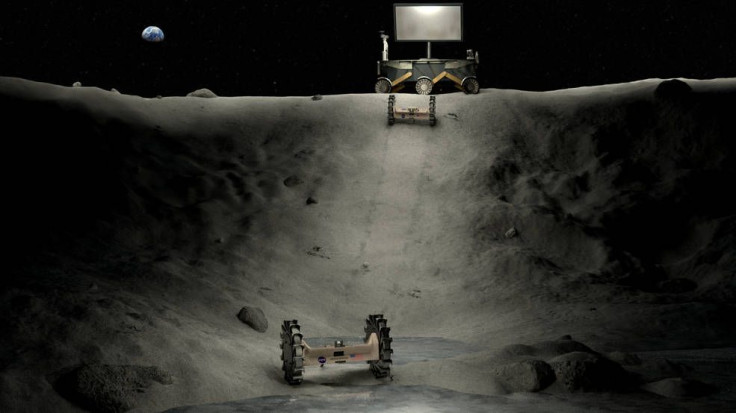NASA Unveils Student-Made Technologies For Exploring Moon’s Dark Side
KEY POINTS
- NASA partnered with universities to develop technologies for the Moon
- Teams of students spearheaded the development of new technologies
- The new technologies will be used to explore the Moon's dark side
NASA has partnered with different universities to develop technologies that it will use for its upcoming mission to the Moon. The agency confirmed that these new technologies would be used to explore the lunar surface’s dark side.
NASA’s upcoming lunar mission is part of its new spaceflight program known as Artemis. The agency plans to collect data from the Moon in preparation for a human mission in 2024.
For the upcoming mission, NASA established the Breakthrough, Innovative and Game-Changing (BIG) Idea Challenge that awarded teams from eight universities with a grant of almost $1 million to develop new technologies for the Moon.
One of the institutions working with NASA is Arizona State University, which is developing a spring catapult that can launch ball-shaped probes to collect data from different locations. Dartmouth College is also working on four-wheeled rover scouts that will navigate through the Moon’s terrain to explore various locations around its poles.
To study the presence of water on the Moon, Pennsylvania State University is making an instrument that can measure the composition of lunar regolith. The data that will be collected by this instrument can help map out the location of resources such as water ice.
The Colorado School of Mines and the University of Arizona are working on wireless power sources derived from lasers. These sources will provide energy to NASA’s other equipment that will extract water in the Moon’s shadowed regions.
The other universities involved in the upcoming lunar mission are Massachusetts Institute of Technology, Michigan Technological University, Northeastern University and the University of Virginia. Teams from these universities will help NASA in collecting valuable data from the dark regions of the Moon.
“One of the most exciting things about this challenge is that several of the concepts, if proven to be viable as a result of these awards, could eventually be integrated and operated together on the surface of the Moon,” Chad Rowe, the acting manager for NASA’s Space Grant project said in a statement.
“These students are part of the Artemis generation and they are helping fulfill NASA’s mission needs today, while developing relevant hands-on experience that will prepare them for aerospace careers after graduation,” he continued.

© Copyright IBTimes 2024. All rights reserved.




















